Sport
Iowa Women’s Basketball: A Legacy of Excellence
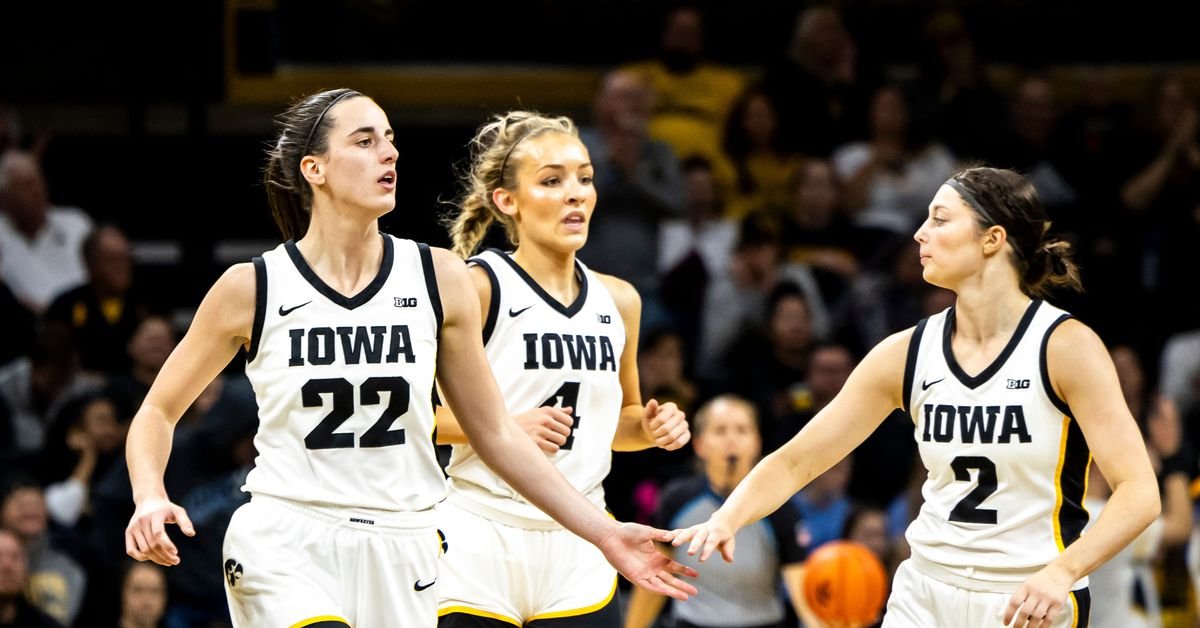
Introduction
Iowa women’s basketball has established itself as a powerhouse in collegiate sports, combining skill, determination, and a passionate fanbase. The team, representing the University of Iowa, has not only achieved significant victories on the court but has also made a profound impact on the landscape of women’s sports. In this blog post, we will explore the history, achievements, key players, and the future of Iowa women’s basketball, highlighting why it deserves a prominent place in the realm of college athletics.
A Historical Perspective
Early Years
Iowa women’s basketball dates back to the 1970s, a time when opportunities for female athletes were beginning to expand, especially after the enactment of Title IX in 1972. This legislation prohibited discrimination based on sex in any education program or activity receiving federal financial assistance, paving the way for increased support and visibility for women’s sports.
The Iowa Hawkeyes women’s basketball program began to take shape under the leadership of its first head coach, the legendary C. Vivian Stringer. Under her guidance from 1973 to 1983, the program began to gain respect and notoriety, laying the foundation for future success. Stringer’s tenure was marked by her ability to recruit talented athletes and her emphasis on discipline and hard work.
Growth and Development
After Stringer’s departure, Iowa women’s basketball continued to develop under various coaches. The 1980s and 1990s saw the program achieve numerous milestones, including several NCAA tournament appearances. The team’s consistent performance began to attract attention, and the program’s fanbase grew.
One of the defining moments in Iowa women’s basketball history came in 1993 when the team reached the NCAA Final Four. Led by standout players like Cindy Hargreaves and Amy Herrig, the Hawkeyes showcased their talent on a national stage. This breakthrough paved the way for increased investment in women’s sports at the university level and inspired a new generation of female athletes in Iowa and beyond.
Rise to Prominence
The Lisa Bluder Era
In 2000, Lisa Bluder was appointed head coach, marking a new chapter in the history of Iowa women’s basketball. Bluder brought a wealth of experience and a fresh perspective, and under her leadership, the program entered a golden era. Her coaching style emphasized offensive efficiency and player development, leading to remarkable successes on the court.
Bluder’s teams have consistently made deep runs in the NCAA tournament, earning multiple Big Ten championships and NCAA tournament appearances. The pinnacle of her success came in the 2019-2020 season when the Hawkeyes, led by star player Megan Gustafson, won the Big Ten championship and advanced to the NCAA tournament, which was later canceled due to the COVID-19 pandemic. This season was a testament to Bluder’s ability to recruit and develop talent, and it solidified her status as one of the top coaches in women’s basketball.
The Rise of Individual Talent
Iowa women’s basketball has also been home to numerous talented players who have left their mark on the program and the sport. The most notable among them is Megan Gustafson, a two-time NCAA Player of the Year who redefined what it means to be a dominant force in women’s basketball. Gustafson’s scoring ability, rebounding skills, and leadership qualities made her a fan favorite and a key player in Iowa’s resurgence.
Following Gustafson, players like Caitlin Clark emerged as the new faces of Iowa women’s basketball. Clark quickly gained recognition as one of the top talents in the country, earning accolades and breaking records during her freshman season. Her ability to score from anywhere on the court, combined with her playmaking skills, has drawn comparisons to some of the best players in the history of college basketball.
Achievements and Milestones
NCAA Tournament Success
Iowa women’s basketball has made a significant impact in the NCAA tournament over the years. The team has made multiple appearances in the NCAA tournament, with several deep runs that have captivated fans and showcased the program’s growth. The 1993 Final Four appearance was a milestone, but it was only the beginning.
In recent years, the Hawkeyes have become a regular presence in the NCAA tournament, consistently advancing to the later rounds. Their 2022 appearance in the NCAA Sweet 16 and 2023 appearance in the Elite Eight demonstrated their competitive edge and ability to perform on the biggest stage. These successes have not only elevated the program’s reputation but have also inspired a new generation of young athletes to pursue basketball at a higher level.
Big Ten Dominance
In addition to their NCAA tournament success, Iowa women’s basketball has also excelled in the Big Ten Conference. The Hawkeyes have claimed multiple conference championships, showcasing their dominance in one of the most competitive conferences in the country. Under Lisa Bluder’s guidance, the team has consistently finished near the top of the conference standings, earning recognition as a perennial powerhouse.
The rivalry with teams like the University of Maryland and the University of Michigan has intensified in recent years, adding excitement to the conference matchups. These games have not only drawn large crowds but have also become pivotal moments in the quest for conference supremacy.
The Impact of Iowa Women’s Basketball

Cultural Significance
The success of Iowa women’s basketball extends beyond the court. The team has become a symbol of empowerment for female athletes, inspiring young girls to pursue their dreams in sports. The program has played a crucial role in promoting women’s sports in Iowa and has contributed to the larger movement for gender equality in athletics.
The visibility of Iowa women’s basketball has also led to increased support from fans and alumni, resulting in improved facilities and resources for the program. The Carver-Hawkeye Arena has become a vibrant venue for women’s basketball, with attendance numbers steadily rising as the team gains more recognition.
Community Engagement
Iowa women’s basketball is deeply rooted in the community. The team engages with local schools and organizations, promoting physical fitness and encouraging young girls to participate in sports. Through various outreach programs and camps, the players and coaching staff have made a positive impact, fostering a love for basketball among the next generation.
The Hawkeyes’ commitment to community service has helped strengthen their relationship with fans and has created a loyal following. This connection is evident during home games, where the atmosphere is electric, and fans come out in droves to support their team.
The Future of Iowa Women’s Basketball
Recruiting and Development
The future of Iowa women’s basketball looks bright, thanks to a strong recruiting strategy and a commitment to player development. Lisa Bluder and her coaching staff have proven adept at identifying and nurturing talent, leading to a successful pipeline of skilled athletes. The emphasis on developing players’ skills, both on and off the court, ensures that Iowa will remain competitive in the coming years.
The recent recruitment of high-profile players, combined with the development of current stars like Caitlin Clark, bodes well for the program’s future. As the team continues to attract top talent, fans can expect more thrilling seasons and continued success in the NCAA tournament.
Continued Growth of Women’s Sports
The landscape of women’s sports is rapidly evolving, and Iowa women’s basketball is at the forefront of this transformation. As support for women’s athletics grows nationally, the Hawkeyes are positioned to capitalize on this momentum. Increased visibility and investment in women’s sports will only serve to enhance the program’s standing and appeal.
The recent success of the NCAA women’s basketball tournament, including increased television ratings and attendance, reflects a growing appreciation for women’s athletics. Iowa women’s basketball is well-positioned to ride this wave, attracting new fans and fostering a culture of excellence.
Conclusion
Iowa women’s basketball has carved out a legacy of excellence that resonates far beyond the court. From its humble beginnings to its rise as a national powerhouse, the program has showcased the talent, determination, and spirit of female athletes. The impact of Iowa women’s basketball extends to the community, empowering young girls and promoting gender equality in sports.
As the team continues to build on its successes and inspire the next generation, the future looks bright for Iowa women’s basketball. With a rich history, a passionate fanbase, and a commitment to excellence, the Hawkeyes are poised to remain a force in collegiate athletics for years to come. The journey of Iowa women’s basketball is a testament to the power of sport and its ability to unite, inspire, and empower.
Share this content:
Sport
Sport Climbing Combined: A Thrilling Addition to the Olympics

Sport climbing has emerged as one of the most electrifying additions to the Olympic Games. Combining elements of speed, technique, and endurance, this dynamic sport captivated audiences when it made its debut at the 2020 Tokyo Olympics. Now, the “combined format” is gearing up to make waves in future competitions. In this blog, we’ll delve into what sport climbing combined entails, its unique appeal, and how it is reshaping the Olympic landscape.
What is Sport Climbing Combined?
The “combined” event in sport climbing is a fusion of three distinct disciplines: speed climbing, bouldering, and lead climbing. Each tests different physical and mental attributes, making the format both challenging for athletes and exhilarating for spectators. Here’s a breakdown of each discipline:
Speed Climbing: Two climbers race side-by-side on a standardized vertical wall, aiming to reach the top in the shortest time possible. It’s all about explosive power and precision.
Bouldering: Athletes attempt to solve complex climbing puzzles on shorter walls without ropes. They have a limited number of attempts to complete as many “problems” as possible within a set time.
Lead Climbing: Climbers aim to ascend as high as possible on a much taller wall within a time limit, using a rope for safety. This discipline emphasizes endurance and strategic thinking.
The combined format challenges athletes to excel across all three, showcasing their versatility and resilience.
The Evolution of Sport Climbing in the Olympics
Sport climbing made its Olympic debut in 2020 with a single combined event. While the format was thrilling, it received criticism for forcing athletes to compete in disciplines they might not specialize in. For example, speed climbers, who thrive on quick bursts of energy, had to compete in bouldering and lead climbing, which require different skills.
In response, the International Federation of Sport Climbing (IFSC) revised the format for the 2024 Paris Olympics. Now, there will be two separate events:
A speed-only event to highlight specialists.
A bouldering and lead combined event for athletes with all-around skills.
This change aims to better balance the competition and spotlight the diverse talents within the sport.
What Makes Sport Climbing Combined Unique?
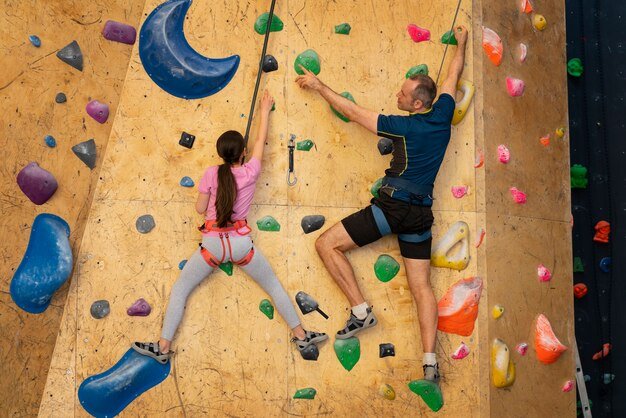
1. Diversity of Skills: Sport climbing combined is a true test of an athlete’s versatility. Mastering speed, problem-solving, and endurance requires an incredible range of skills. It’s akin to asking a sprinter to also excel in hurdles and long-distance running.
2. Dynamic and Unpredictable: With three distinct disciplines, the combined format keeps audiences on the edge of their seats. A climber might dominate in one event but falter in another, leading to dramatic shifts in rankings.
3. Global Appeal: Sport climbing draws inspiration from outdoor climbing, a globally popular activity. Its inclusion in the Olympics introduces millions of viewers to the excitement of competitive climbing.
4. Youthful Energy: With its fast-paced action and focus on agility, sport climbing appeals to younger audiences, aligning with the Olympics’ push to stay relevant to new generations.
Key Athletes to Watch
As sport climbing gains prominence, several athletes have become household names. Here are a few standout climbers:
Janja Garnbret (Slovenia): Often referred to as the “Queen of Climbing,” Janja won gold in Tokyo and dominates both bouldering and lead climbing.
Adam Ondra (Czech Republic): A legend in the climbing world, Adam’s exceptional technique and versatility make him a strong contender in the combined format.
Natalia Grossman (USA): Known for her bouldering prowess, Natalia is one of the rising stars in the sport.
Bassa Mawem (France): A speed climbing specialist, Bassa represents the explosive power and precision needed for this discipline.
Training for Sport Climbing Combined
Training for the combined format is no small feat. Athletes must juggle the demands of three vastly different disciplines:
Physical Conditioning: Speed climbing requires explosive strength, while bouldering emphasizes core power and agility. Lead climbing, on the other hand, demands exceptional endurance.
Mental Focus: Bouldering problems often involve solving complex moves under pressure, requiring athletes to think quickly and strategically.
Time Management: With limited time to train, athletes must prioritize improving their weaker disciplines while maintaining their strengths.
The dedication and discipline required make these climbers some of the most well-rounded athletes in the world.
The Future of Sport Climbing in the Olympics
The introduction of a speed-only event and a bouldering/lead combined event in Paris 2024 marks a significant step forward for sport climbing. These changes address the concerns raised in Tokyo and allow specialists to shine in their respective disciplines. The revised format also ensures fairer competition and more excitement for fans.
Looking beyond 2024, sport climbing has the potential to grow even further. The sport’s accessibility—climbing walls can be found in gyms worldwide—and its connection to outdoor climbing give it a unique advantage in attracting new participants. Additionally, the inclusion of more diverse events, such as team-based competitions, could further enhance its Olympic presence.
Why Sport Climbing Combined Matters
Sport climbing combined is more than just a test of athleticism; it’s a celebration of the human spirit. It challenges athletes to push their limits, adapt to new challenges, and persevere under pressure. For spectators, it offers a thrilling mix of speed, strategy, and spectacle.
As the sport continues to evolve, its inclusion in the Olympics serves as a reminder of the Games’ ability to adapt and embrace new traditions. Sport climbing combined is a perfect example of how modern sports can captivate audiences while honoring the timeless values of determination and excellence.
Sport climbing combined has redefined what it means to compete in the Olympics. With its blend of physical prowess, mental agility, and raw excitement, it’s no wonder the sport has quickly become a fan favorite. As we look forward to future Games, one thing is certain: sport climbing is here to stay.
Share this content:
Sport
India vs. South Africa: A Historic Rivalry in Cricket

The cricketing rivalry between India and South Africa is one of the most captivating in the sport’s history. From their first encounter in 1991 to the recent T20 World Cup final in 2024, these two teams have delivered numerous memorable matches. This blog delves into the evolution of their rivalry, highlighting key matches and their significance.
Early Encounters and the Dawn of a Rivalry
South Africa’s re-entry into international cricket in 1991 marked the beginning of their on-field battles with India. The inaugural series in India saw the hosts clinch victory, setting the stage for a competitive relationship. Over the years, both teams have showcased their prowess across formats, with each series adding layers to their rivalry.
Memorable Matches That Defined the Rivalry
1. 1996 World Cup Quarterfinals: In a high-stakes match, India emerged victorious, eliminating South Africa from the tournament. This win was pivotal for India, propelling them to the semifinals and solidifying their status as a formidable team.
2. 2002 ICC Champions Trophy: The semifinals witnessed a thrilling contest where India edged out South Africa, advancing to the finals. This match is remembered for its intense competition and the resilience displayed by both sides.
3. 2010 Test Series in South Africa: India’s tour of South Africa in 2010 was significant, as they managed to draw the Test series 1-1. This performance was a testament to India’s growing competence in overseas conditions, challenging South Africa on their home turf.
Recent Clashes and the 2024 T20 World Cup Final
The rivalry reached new heights during the 2024 ICC Men’s T20 World Cup. The final, held on June 29, 2024, at Kensington Oval in Bridgetown, Barbados, was a spectacle of cricketing excellence.
Match Summary: 2024 T20 World Cup Final
India Innings: Opting to bat first, India posted a total of 176/7 in their 20 overs. Virat Kohli played a pivotal role, scoring 76 runs off 59 balls, anchoring the innings amidst early setbacks. Axar Patel contributed a valuable 47 runs, stabilizing the middle order. South Africa’s Keshav Maharaj was the standout bowler, taking 2 wickets for 23 runs in his 3 overs.
South Africa Innings: Chasing 177, South Africa started cautiously. Despite a valiant effort from Heinrich Klaasen, who scored 52 off 27 balls, South Africa fell short, finishing at 169/8 in their 20 overs. India’s bowlers, particularly Hardik Pandya with figures of 3/20, played a crucial role in restricting the opposition.
Key Moments and Turning Points
Kohli’s Masterclass: Virat Kohli’s innings was a blend of aggression and composure, providing the backbone for India’s total. His ability to anchor the innings after early wickets was instrumental in setting a competitive target.
Klaasen’s Counterattack: Heinrich Klaasen’s explosive batting brought South Africa back into contention. His dismissal, however, marked a turning point, shifting the momentum in India’s favor.
Suryakumar Yadav’s Spectacular Catch: In the final over, Suryakumar Yadav’s acrobatic catch to dismiss David Miller was a game-changer. His athleticism and presence of mind under pressure were lauded as one of the greatest catches in cricket history.
Post-Match Reflections
India’s victory in the 2024 T20 World Cup final was a culmination of strategic planning, individual brilliance, and team cohesion. The win ended a 17-year wait for a major ICC trophy, marking a significant milestone in Indian cricket. The match also highlighted South Africa’s resilience and the fine margins that define cricketing outcomes.
The Legacy of the India-South Africa Rivalry
The India-South Africa cricket rivalry is characterized by mutual respect and competitive spirit. Both teams have evolved over the years, learning and adapting from each encounter. The 2024 T20 World Cup final added a new chapter to this storied rivalry, showcasing the unpredictable and thrilling nature of cricket.
Looking Ahead
As both nations continue to develop their cricketing talents, future encounters promise to be equally enthralling. The rivalry serves as a reminder of cricket’s ability to bring nations together, fostering sportsmanship and camaraderie.
conclusion
In the India vs. South Africa cricket rivalry is a testament to the sport’s rich history and the enduring appeal of competitive cricket. Each match adds to the narrative, building a legacy that inspires future generations of cricketers and fans alike.
Share this content:
Sport
Thrilling Encounter: India vs. New Zealand Cricket Match Recap

Cricket fans worldwide were treated to an extraordinary match between the India National Cricket Team and the New Zealand National Cricket Team in a recent Test series. This match, held at the iconic [Insert Stadium Name] from [Insert Date], delivered dramatic twists, stellar performances, and intense competition that kept spectators on the edge of their seats. Here’s a detailed recap of the match, complete with a scorecard and key highlights.
Match Overview
Date: [Insert Date]
Venue: [Insert Stadium Name]
Format: Test Match
Result: New Zealand won by [Insert Margin]
The contest kicked off with India winning the toss and electing to bat, hoping to capitalize on favorable pitch conditions. However, what followed was a roller-coaster of emotions for both teams.
1st Innings: India Falters Early
India’s batting lineup faced a nightmare start as New Zealand’s bowlers delivered a phenomenal performance. Spearheaded by Matt Henry, who picked up a stunning five-wicket haul, the Indian side was bundled out for a mere 46 runs — one of their lowest totals in Test cricket history.
India’s 1st Innings Scorecard:
Key Bowler for NZ:
Matt Henry: 5 wickets for 15 runs
New Zealand Dominates with the Bat
In reply, New Zealand capitalized on India’s dismal total with a commanding performance. Devon Conway set the tone with a composed 91 runs, supported by [Other Key Players]. The Kiwis amassed 402 runs, giving them a massive lead of 356 runs.
New Zealand’s 1st Innings Scorecard:
Key Bowler for India:
Ravichandran Ashwin: 3 wickets for 64 runs
India’s Fightback in the 2nd Innings

Trailing by a massive margin, India’s batsmen stepped up in the second innings. Sarfaraz Khan played a spectacular knock of 150, supported by a blistering 99 from Rishabh Pant. Their efforts pushed India to 462 runs, setting a target of 107 runs for New Zealand.
India’s 2nd Innings Scorecard:
Key Bowler for NZ:
Ajaz Patel: [Insert Stats]
New Zealand Secures Victory
Chasing 107 runs for victory, New Zealand faced early hiccups as they lost both openers cheaply. However, a calm and composed partnership between Will Young and Rachin Ravindra sealed the deal, with New Zealand winning by 8 wickets.
New Zealand’s 2nd Innings Scorecard:
Key Moments and Performances
Matt Henry’s Bowling Masterclass: His five-wicket haul in the first innings was instrumental in dismantling India’s batting lineup.
Sarfaraz Khan’s Century: A fighting knock of 150 in the second innings reignited India’s hopes.
Devon Conway’s 91 Runs: His consistency at the top set the tone for New Zealand’s dominance.
Will Young and Rachin Ravindra’s Partnership: Their calm approach ensured New Zealand crossed the finish line.
Player of the Match: Matt Henry
For his exceptional bowling performance in the first innings and consistent contributions throughout the match, Matt Henry was deservingly named Player of the Match.
Conclusion
This India vs. New Zealand match was a roller-coaster of emotions, highlighting the beauty and unpredictability of Test cricket. While India showcased resilience in their second innings, New Zealand’s all-round performance ensured a well-deserved victory. Fans can only anticipate more thrilling contests as these two teams continue their rivalry on the cricket field.
Stay tuned for more updates, and let us know your favorite moment from the match in the comments below!
Share this content:
-

 Health6 months ago
Health6 months agoВетеринарная клиника VetCityPets: Забота о вашем питомце на высшем уровне
-

 App6 months ago
App6 months agoExperience Unlimited Entertainment with Castle APK for Android
-

 Business8 months ago
Business8 months agoSnow Day Calculator: How to Predict School Closures
-

 AI8 months ago
AI8 months agoUnderstanding 라마 3.1: Features, Benefits, and Applications
-

 Business7 months ago
Business7 months agoLand Rover Defender vs. Toyota Land Cruiser: Battle of the Luxury Off-Roaders
-

 Travel6 months ago
Travel6 months agoExplore Mega-Personal.net Travel Archives: Your Gateway
-
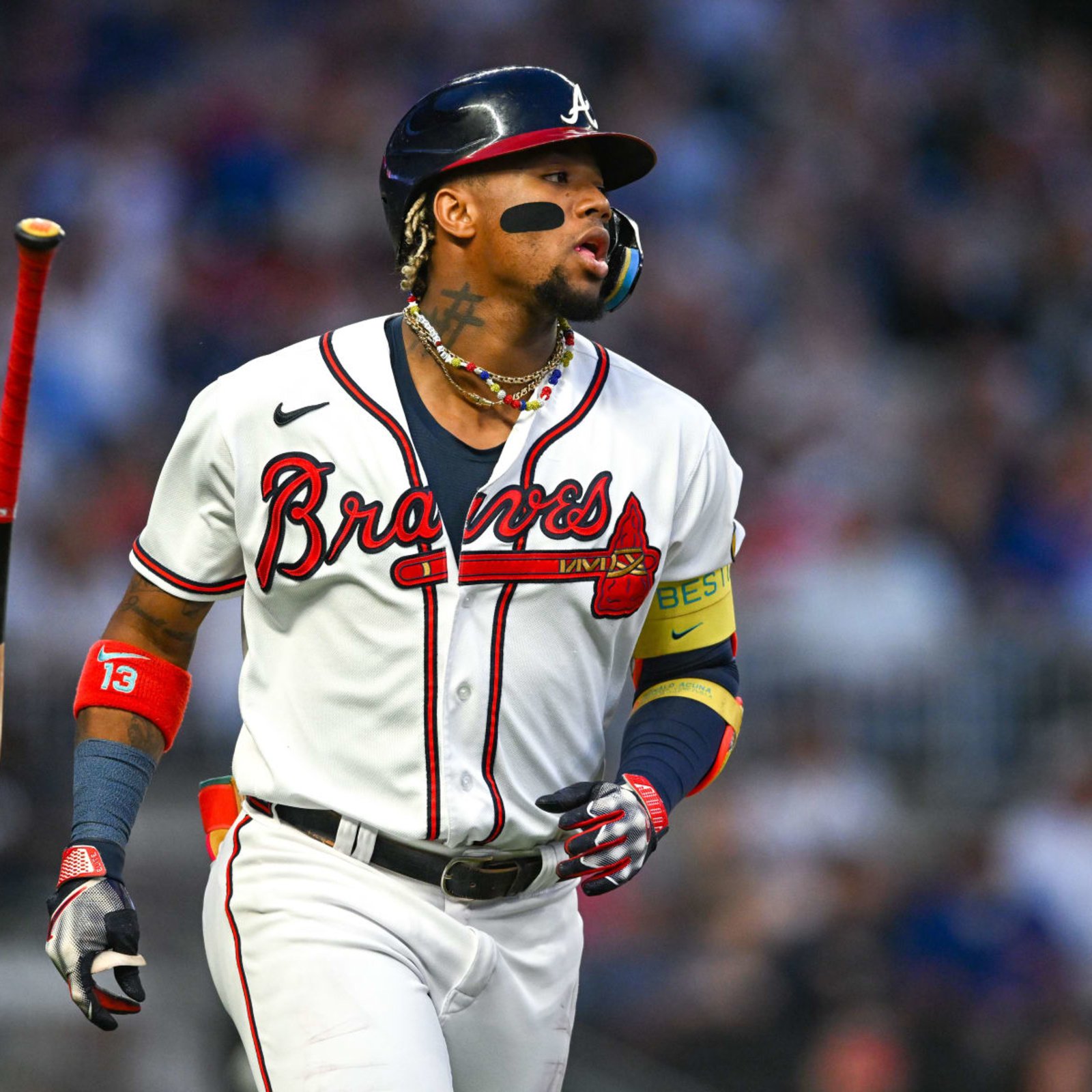
 Ronaldo8 months ago
Ronaldo8 months agoRonald Acuña Jr.: The Rise of a Baseball Superstar
-

 BLOG8 months ago
BLOG8 months agoThe Ultimate Guide to Becoming a Car Guru: Tips for Car Enthusiasts and Buyers

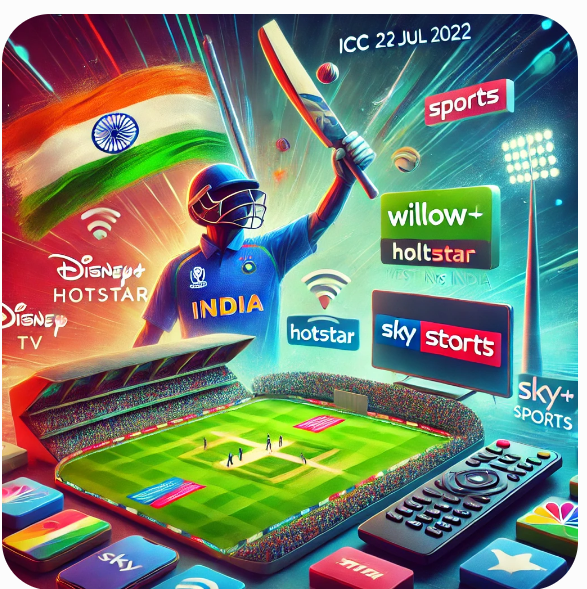
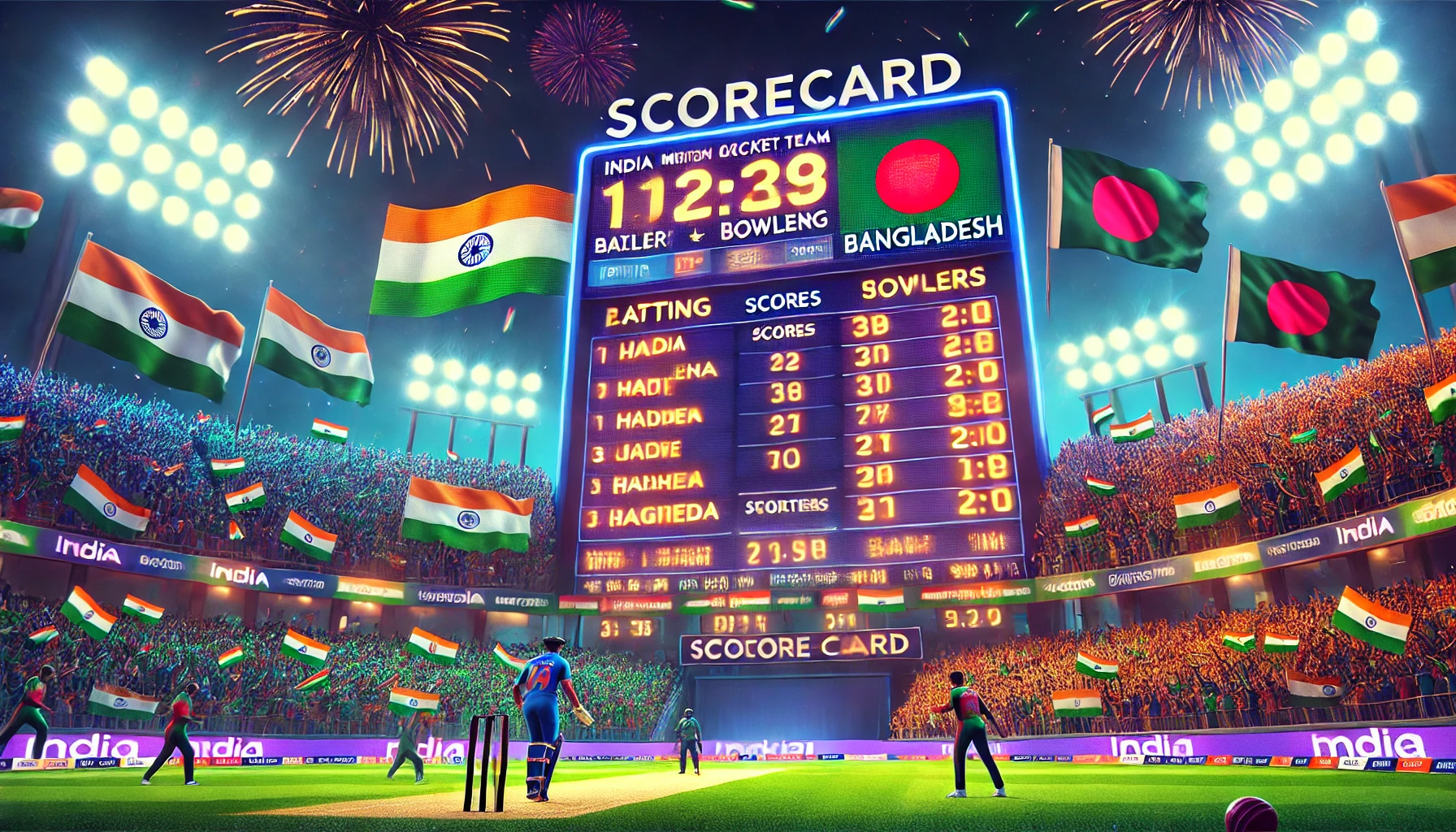

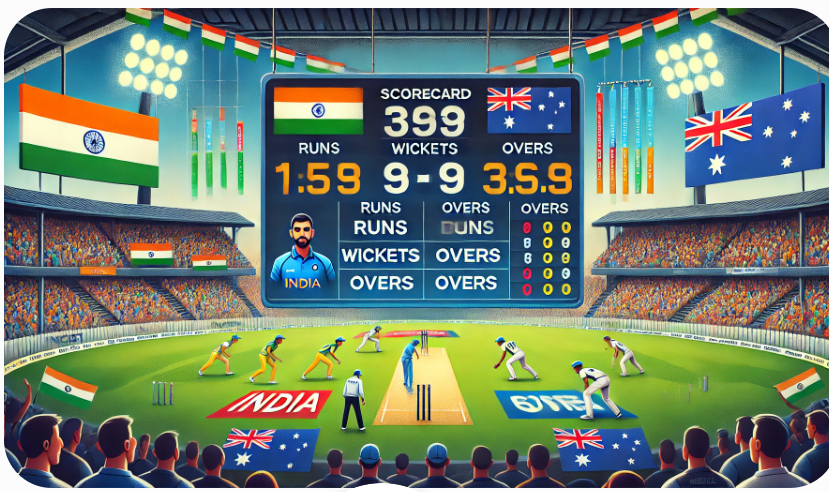
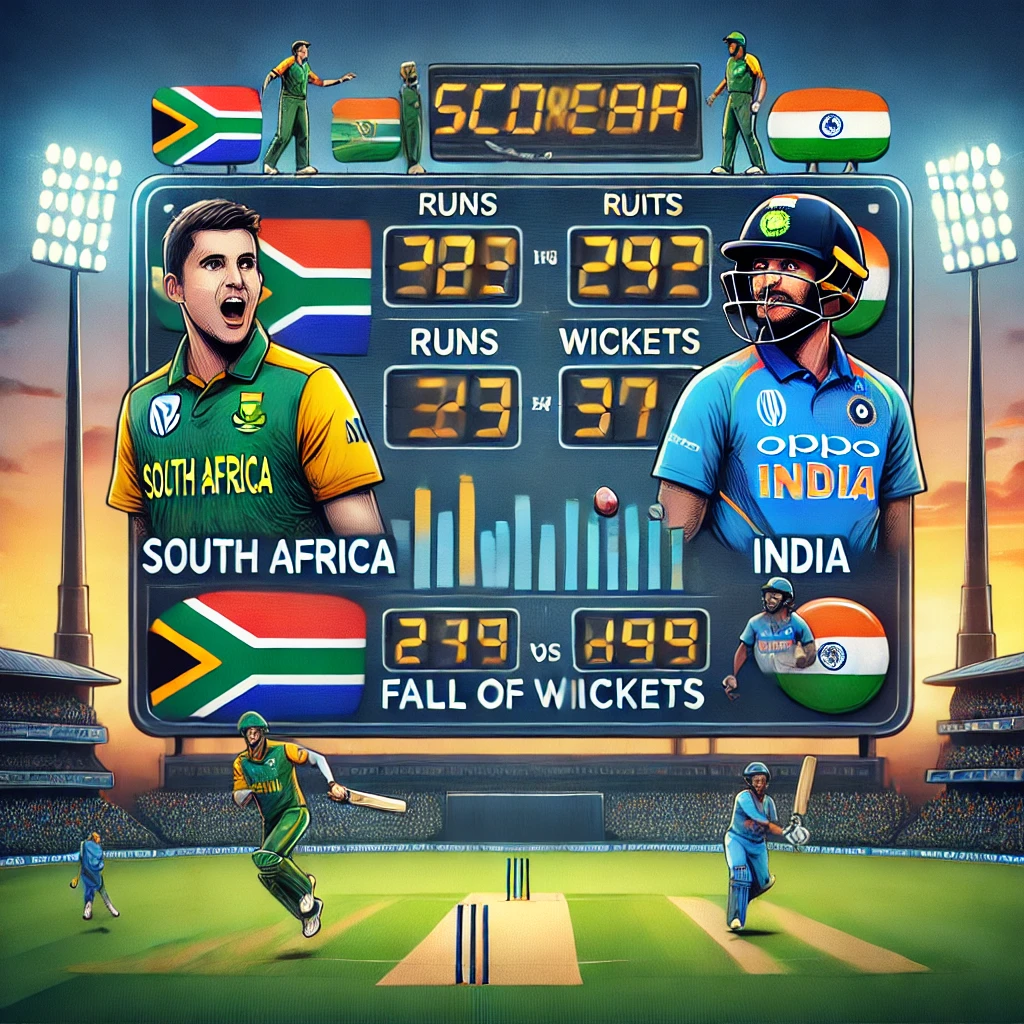

Pingback: All You Need to Know About WBSEDCL: West Bengal’s Powerhouse - Ronaldo